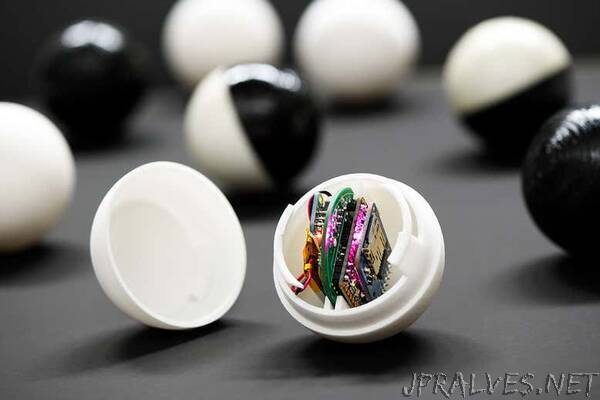
“Swarms of floating robots could help map underground pipe networks and detect leaks and blockages in plumbing.
Peter Baltus at Eindhoven University of Technology in the Netherlands and his colleagues have developed golf ball-sized sensors that can collect information as they float through pipes.
Each robot contains a microprocessor, sensor, memory boards and a battery. They can be programmed to detect sound, temperature, pressure, acceleration, rotation and magnetic fields.
To save power, a sensor can be activated by a sudden change in conditions, such as hissing sounds associated with water escaping, or increased rotation, which could be a sign of turbulent water flow. The robot would then increase the rate at which it takes measurements.
Read more: Want to build robots and invent stuff? Here’s where to start
“If you have a leak, you want to be fairly precise because then ultimately you will have to start digging,” says Baltus.
The researchers would like to use the floating sensors to map water distribution networks below cities, many of which aren’t well documented. “They are sometimes quite old, like 50 or 100 years old,” says Baltus. “The documentation is spotty and incorrect, or least very approximate.”
The advantage of these sensors is that they can collect measurements without having to shut down the networks they travel through.
“It makes many people unhappy if you have to switch off drinking water to inspect pipelines,” says Baltus. Similarly, the robots could be used to inspect piping in chemical plants without the need to shut the plant down entirely, which can be both costly and risky.”
